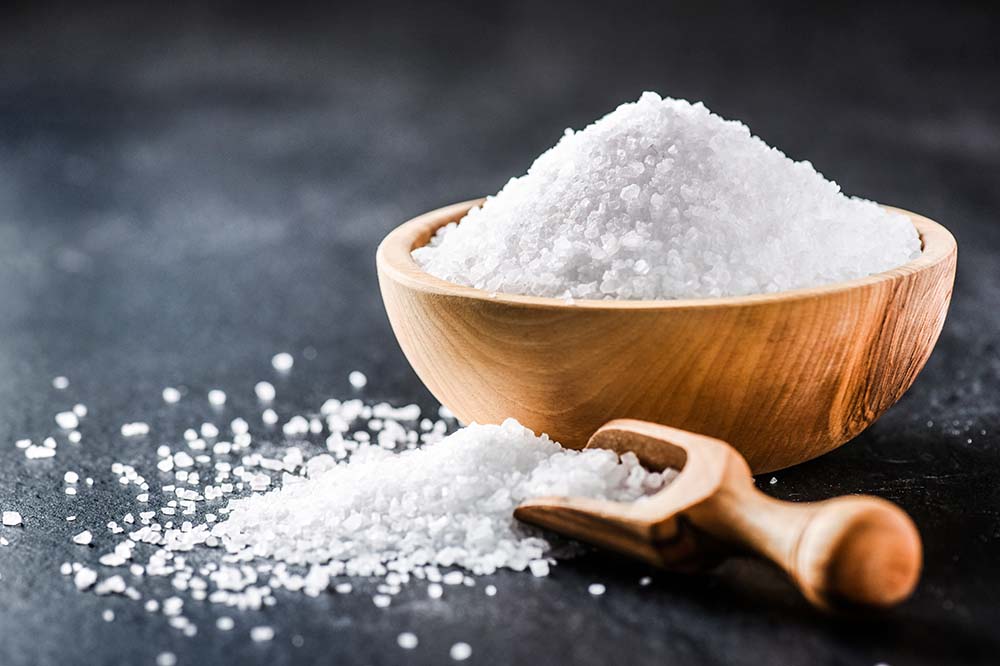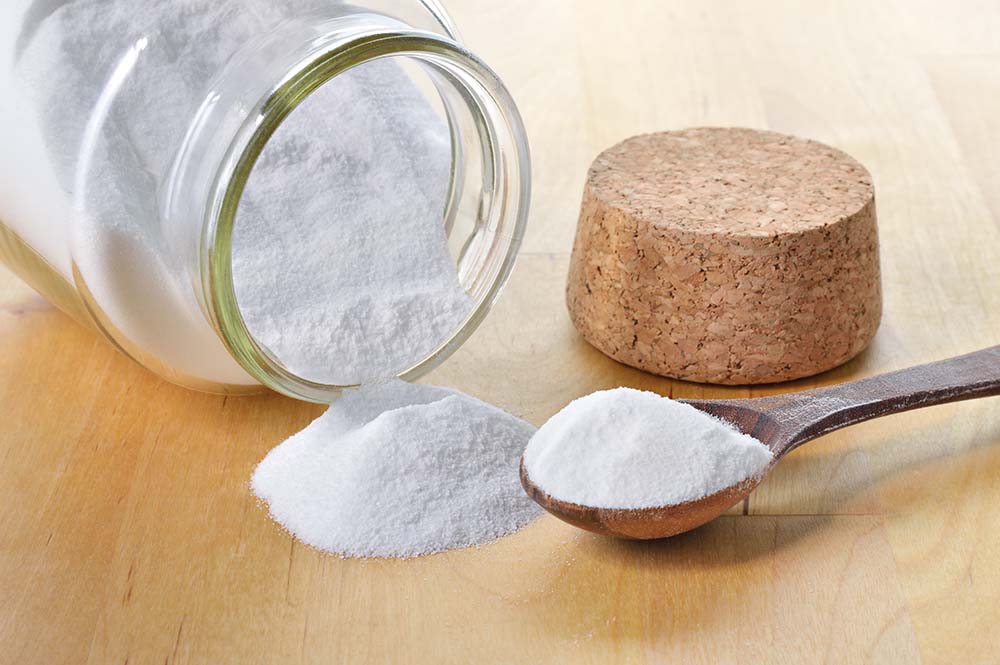Extra moisture and a damp smell in any part of your home is not the most pleasant atmosphere to live in, especially if you or any member of your family has allergies or respiratory issues. Monsoon brings with it extra moisture and humidity in your home, that not only impairs your health but also damages your items.
These low-cost DIY natural dehumidifiers are exactly what you need to tackle the situation.

Rock Salt
Rock salt absorbs moisture out of the air.
What you need:
• A large bag of rock salt
• Two buckets
How to make it:
1. Drill several small holes in one of the buckets along the sides and the bottom.
2. Put the bucket with the holes inside the other bucket.
3. Fill the bucket all the way up to the top with rock salt.
4. Place the bucket in the area of your home you'd like to dehumidify.
5. The bucket will begin to collect water, and that water will drip through the holes of the inside bucket.
6. The water will then collect inside the outer bucket, trapping excess moisture.
7. You'll need to empty your outer bucket as it fills up with water.
8. Refill your rock salt if you notice that it is running low.

Baking Soda
Baking soda is a great option but it only works in small areas including shelves and cabinets.
What you need:
• Baking soda
• Glass container
How to make it:
1. Fill the bowl full of baking soda.
2. Place the bowl in the area you'd like to dehumidify.
3. The baking soda will harden as it absorbs moisture, and at that time, you'll want to replace it with fresh baking soda.

Calcium Chloride
Calcium chloride can absorb moisture from a fairly large room, making it a great choice for a the bathroom.
What you need:
• Calcium chloride
• Sock
• String
• Bowl
How to make it:
1. Place the calcium chloride inside the sock.
2. Tie the sock closed with a piece of string.
3. Hang the sock in the area where you'd like to remove moisture.
4. Place the bowl under the sock to catch any water that will flow off the calcium chloride once it starts working. Replace as needed to continue dehumidifying.

Silica Gel
Silica gel is easily available in small pouches and packets. You usually find them thrown in with bags and shoes.
What you need:
• A clean and dry jar with lid
• A sharp object to puncture a hole like a screwdriver
• Silica gel
How to make it:
1. Make few holes in the lid using a screwdriver like sharp object
2. Put silica gel in the jar and screw back the lid
3. Place the jar in the area you want to control moisture. Replace the silica gel in time